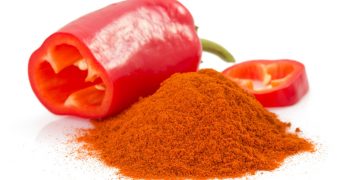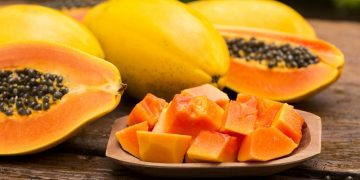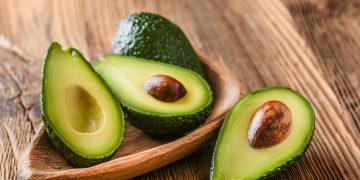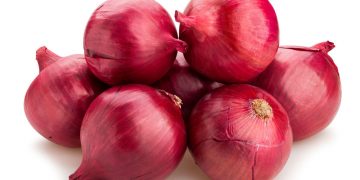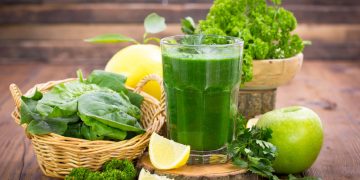Peas are believed to be the native crop of Himalayas. At the same time, it is believed to have spread across the world through Central Asian and Middle East Countries. Peas are being cultivated for hundreds of years now.
Peas are initially grown just like any plants in the gardens. Raw peas have a sweet taste. However when you dry it out, its color turns from pale green to yellow, and dried peas have reduced sweet taste. In the olden days, peas were dried before it was used for consumption. It is only in the later periods it was found that it can be consumed in raw form. Canada ranks number one in peas production in the world followed by France, China, Russia, and India.
It is enough if you soak the peas or short time duration before cooking it. Eating it in excessive amounts can sometimes lead to stomach disorders. Peas that are available in the local markets could have artificial colorants to make it appear attractive. If you soak the peas in normal water for minutes artificially colorants in the peas will get dissolved in the water.
Peas have both insoluble and soluble fiber content. A cup of peas has around 19 grams of fiber. Fibre will help to keep the colon and intestines in good healthy condition. Again a cup of peas has 16 grams of protein. So it is one of the indispensable food for vegetarians who need to source protein from vegetables. Apart from protein, it also has calcium, iron, copper, zinc, potassium, phosphorus, manganese, magnesium and other minerals.
Peas have low-fat content. Majority of this fat content is good fat. Phytosterol present in peas will reduce the levels of LDL or Bad Cholesterol in our body and also strengthen our bones. It helps to shield against osteoporosis. It reduces nerve damage and minimises the chances for Alzheimer. As it is rich in fiber content, it gives the feeling of fullness even when it is consumed in lesser quantities. So indirectly it aids in weight loss.

It is an excellent food for people with iron deficient. So kids, pregnant women, and women with menstruation problems can consume it. It regulates the blood sugar levels, so it is a great food for diabetes patients as well.
Peas are rich in many vitamins. It contains Vitamin-A, Vitamin-K, thiamine. Additionally, it has very high levels of Vitamin-C. You can source the needed supply of Vitamin-C from peas alone. Vitamin-C produces ascorbic acid. This water-soluble chemical compound fights against many diseases and infections and strengthens immunity. Vitamin-K has the ability to increase bone growth. Apart from all these peas has omega-3 fatty acid and beta-carotene which are very essential for our good health.
How to Preserve Peas at your Home
You can purchase high quantities of peas during seasons when it is readily available, preserve and store it in your home for regular use. Preserved peas have a shelf life of nearly 3 to 4 months.
Remove the outer skin of the peas, wash it well in normal water. Take a vessel with a broad opening, fill it with water and bring it to boil. Once the water has boiled enough, put in the cleaned peas into the boiling water. Initially, the peas will sink in but later it will start to float. Once all the peas start to float, drain off the hot water and wash off the peas in cold water for three to four times and let it cool down. Take a clean cotton cloth and dry off the peas of any water content. Ensure all the peas are completely dry.
You can store these peas in an airtight container or zipper cover and put it in a freezer. You can use these peas for up to 4 months. When you want to use them, soak the needed quantity of peas in normal water for 30 minutes and you can use it for cooking.



